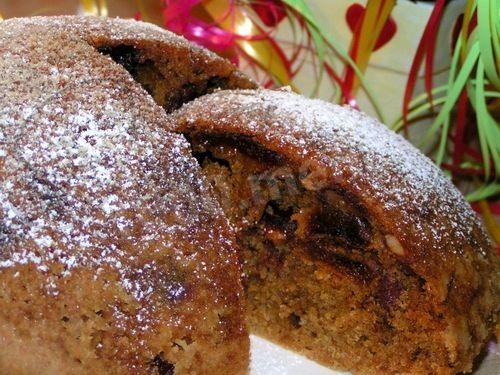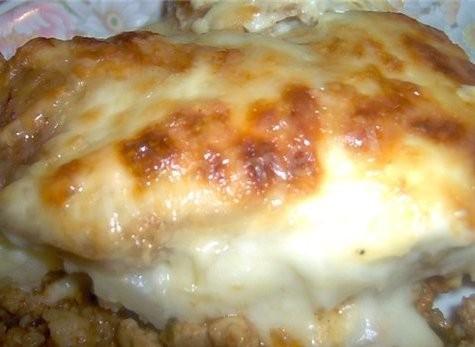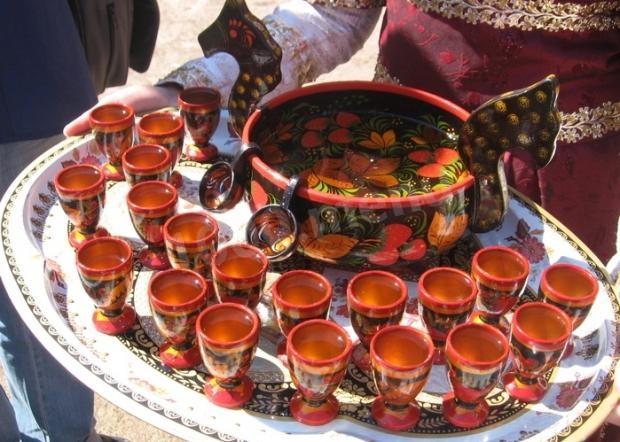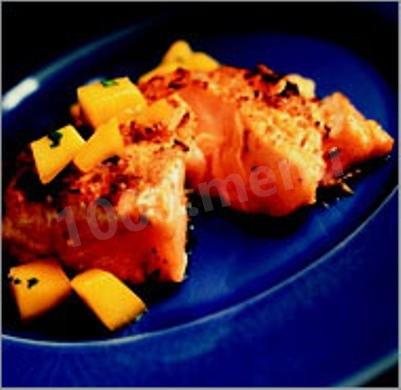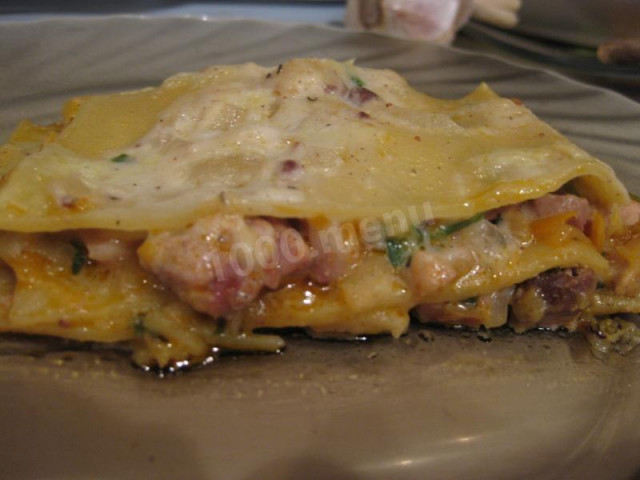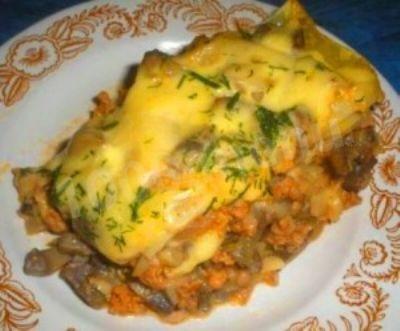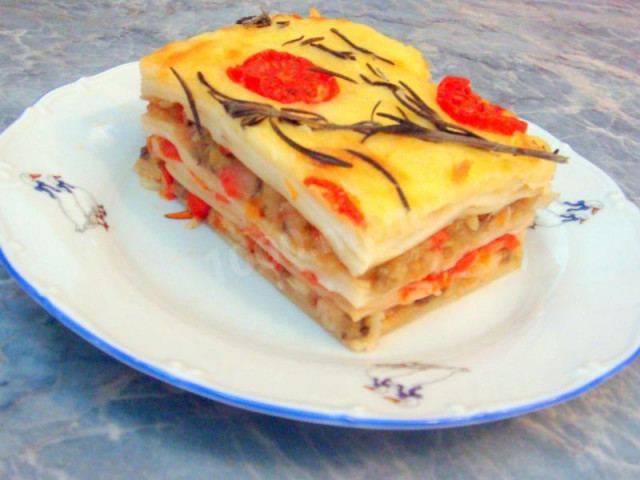Composition / ingredients
Cooking method
I start cooking traditional English Christmas pudding at the end of November, giving the food the opportunity to "ripen". In a clean and dry liter saucepan, I mix wheat flour with bread crumbs, gradually mix the butter in there until the whole mixture looks like bread crumbs. I put sugar, fruit and egg in there and mix thoroughly.
Then I take a special pudding mold designed for a volume of more than half a kilogram, shift the resulting mass there and press it down so that the pudding becomes dense. I cover the form with foil and pull it with twine, and then cook for about four hours for a couple over a saucepan with slowly boiling water. As the pudding is cooked, the water evaporates, so you need to top up the kityatochka in the pan.
I cool the finished pudding, wrap it in baking paper, and on top - in foil and keep it in a cool place for a whole month without access to light. I warm up the pudding for an hour and a half in foil for a couple. Properly cooked English Christmas pudding is stored for about a year. I will immediately notice that the taste of the pudding is pleasant, but unusual, as well as many traditional dishes of English and not only English cuisine. I learned his cooking recipe from a TV show about the traditions of celebrating Christmas in different countries. Pudding will not only decorate the festive Christmas table, but also diversify the traditional Christmas menu.
Caloric content of the products possible in the composition of the dish
- Chicken egg - 157 kcal/100g
- Egg white - 45 kcal/100g
- Egg powder - 542 kcal/100g
- Egg yolk - 352 kcal/100g
- Ostrich egg - 118 kcal/100g
- Butter 82% - 734 kcal/100g
- Amateur unsalted butter - 709 kcal/100g
- Unsalted peasant butter - 661 kcal/100g
- Peasant salted butter - 652 kcal/100g
- Melted butter - 869 kcal/100g
- Wheat flour - 325 kcal/100g
- Brown Sugar - 394 kcal/100g
- White bread - 266 kcal/100g

